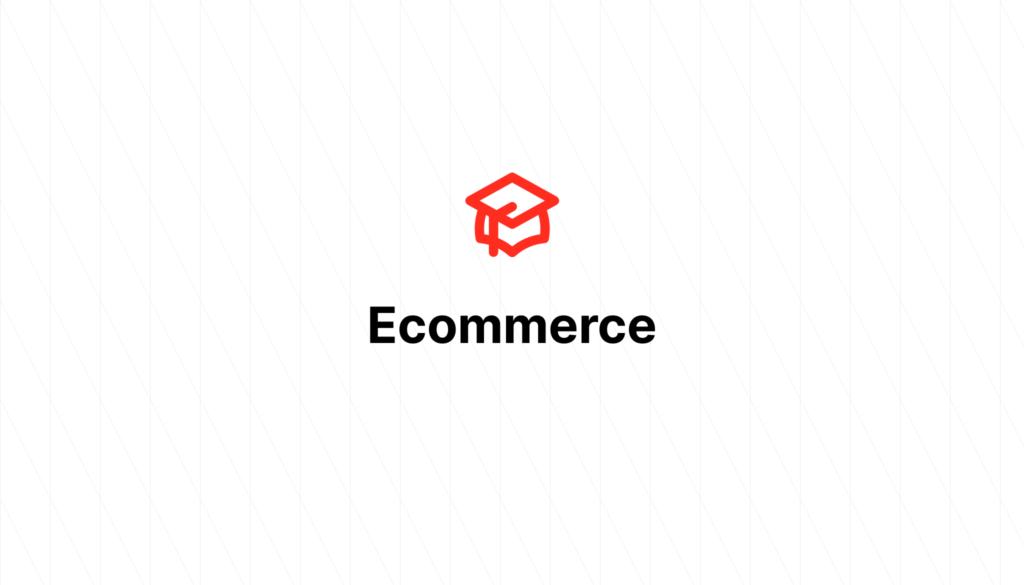The automated buying and selling of goods is experiencing exceptional growth patterns, trading online involves digital products such as ebooks and physical goods that require transporting. Despite some downsides associated with web based vending, the industry enjoys the increase in numbers of people joining the online shopping craze, because of the convenience it brings. Buyers from different parts of the world can easily find bargains/products online, they otherwise would not have enjoyed or found in their home countries.
Major retailers and companies have a strong internet presence enabling potential customers from anywhere to access their goods and services without the need to open branches in faraway regions. Business to business (B2B), pertains to electronic commerce between businesses, and can occur as an open commodity exchange or private electronic market which is based on exclusive participation, and electronic commerce between business and consumers is referred to as business to consumers (B2C). Ecommerce 2.0 creates new possibilities through sustained improvements to the platform on which online commerce takes place, it lays the principles that drive the inspiring new trends, defining the future of ecommerce in general.

Ecommerce
The expansion to dimensions of multi-channel selling through ecommerce 2.0 has opened new refined possibilities via branded websites, online marketplaces (Overstock, Amazon, Ebay, etc), and comparison engines Pricegrabber.com and Shopping.com among others. Social media’s new found role of sharing experiences through product, service or website reviews has placed new parameters and armory into the hands of the buying public, the scrutiny directed at service providers or businesses plays an important part in redefining the quality of service and products by forcing companies to shape up or face the consumer’s music.
The challenge for every etailer is to reach out and connect with the mass market, with the hope of converting as many souls as possible. Instead, with ecommerce 2.0, the best way is by targeting niche markets and offering a superlative customer experience, through a refined and intuitive customer centric process. Thus understanding your niche market allows etailers to harvest where others fall short.
Customer experience in the etailing arena requires not only good looking websites, but efficient processes such as swift Checkout procedures, thereby eliminating the possibility of frustrating click-throughs. Seamless access and interaction between systems is what promotes increased conversions, buyer loyalty and lures new customers. The time for concentrating at purely operational reports is long past and observing your online listings in specific marketplaces is not bad, but does educate on your level of competitiveness, or the alternative opportunities that you could discover to brighten your business prospects.
